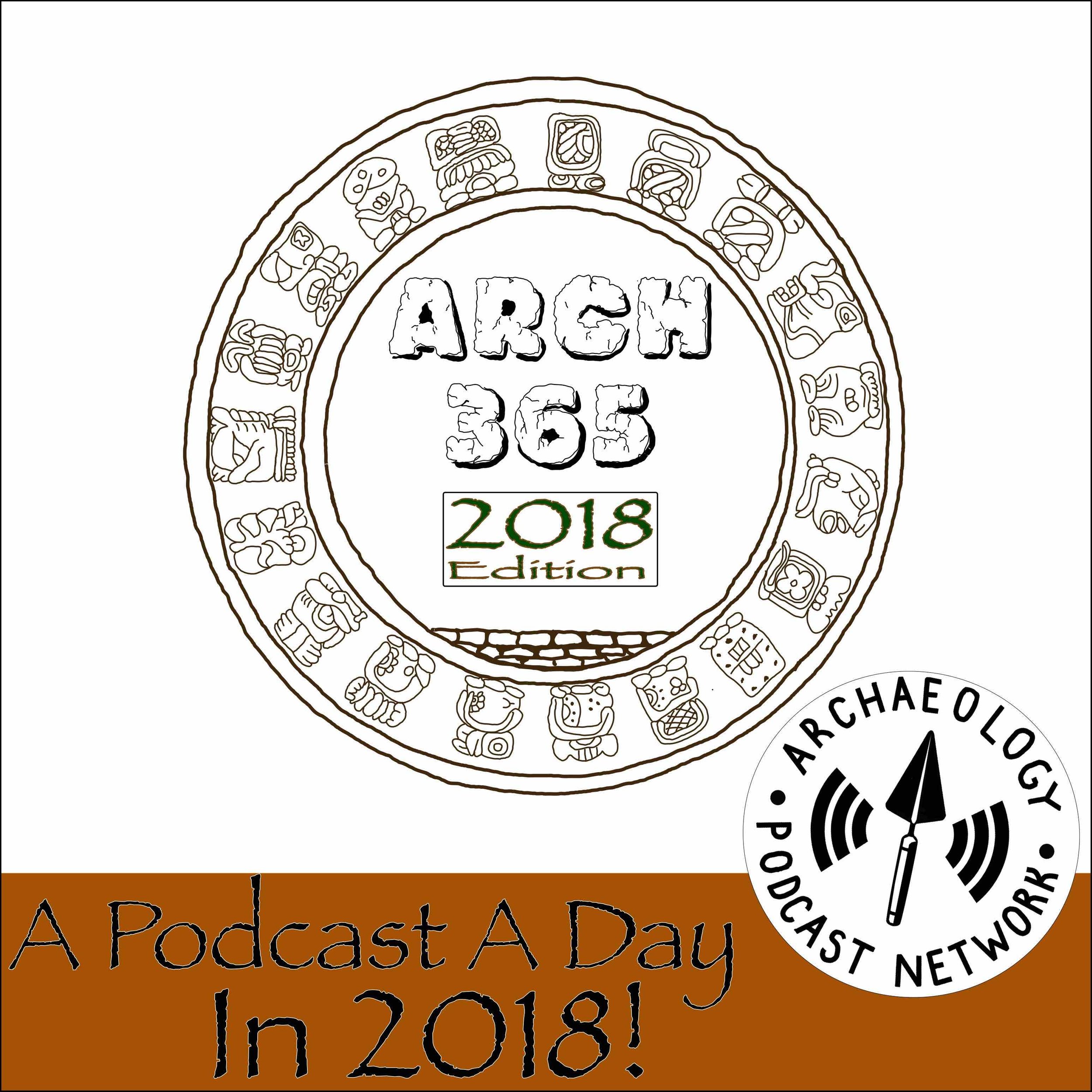
A daily briefing of the archaeology and history of sites around the world.
Ulfbert Swords - Episode 18025
Possibly produced in the Frankish part of Europe, these swords have long been a mystery. Some have agreed that they represent a new technology of crucible steel. However, there are examples of them found that have been pattern-welded, a method which usually indicates a different form of metal production.
Links
Possibly produced in the Frankish part of Europe, these swords have long been a mystery. Some have agreed that they represent a new technology of crucible steel. However, there are examples of them found that have been pattern-welded, a method which usually indicates a different form of metal production.
Beaker People - Episode 18024
Extending between the Iberian Peninsula in the West, Central Europe and Italy in the East, Britain, Ireland and Jutland in the North, and Sardinia, Sicily, and the Balearic Islands in the South the ‘Bell-Beaker’ culture is the most widely distributed and coherent prehistoric ‘culture’ that has been identified in Europe.
Links
Siberian Permafrost Mummies - Episode 18023
The Pazyryk culture is thought to have been a purely nomadic culture of the Iron Age since it is only identified through burials and associated artefacts. No settlements have been linked to it. These burials are found in the Altay Mountains in Kazakhstan, Mongolia, and Russia, and were placed in long barrows similar to the tomb mounds of the Scythian culture in modern-day Ukraine.
Links
Prehistoric Shellfish Exploitation in the Chesapeake Bay - Episode 18022
Prehistoric shellfish exploitation in the Chesapeake Bay
This podcast is about prehistoric shell middens in the Chesapeake Bay region on the Atlantic coast of the United states. Archaeologists use the term midden to refer to trash deposits, and a shell midden is just the result of prehistoric shellfishing.
Links
Baltic Shipwrecks - Episode 18021
The Baltic has become a major focus for maritime archaeology over the last three decades with a huge variety of different types of wreck dating from the medieval period to the 20th century in close proximity to each other.
Links
Carcassonne - Episode 18020
Carcassonne is more than just a board game and is also one of the most well known medieval fortified towns in Europe.
Links
Fullacht Fiadh - Episode 18019
A fulacht fiadh, as it is called in Ireland, or burnt mound as it is known in the UK is a type of cooking pit which usually dates to the Bronze Age (2500-500BCE).
Links
Great Zimbabwe - Episode 18018
Located in the south-east of modern Zimbabwe near Lake Mutirikwe, the 7.2 hectare World Heritage Site of Great Zimbabwe was the capital of the Kingdom of Zimbabwe which existed between c.1220 and 1450 CE.
Links
Dead Sea Scrolls - Episode 18017
Initially uncovered by bedouin shepherds in the first half of the 20th century the Dead Sea Scrolls, also known as the Qumran Cave Scrolls, contain the second oldest dated fragments of texts which eventually formed the canon of the Hebrew Bible.
Links
Hygiene in Roman Times - Episode 18016
Bathing was not only one of the most common daily activities in Roman culture but was a highly communal activity that was raised to the level of high art through extensive ritual.
Links
Battersea Shield - Episode 18015
During the construction of a predecessor to the present Chelsea Bridge, over the River Thames, workers dredging the river bed found a large quantity of Roman and Celtic weapons amongst a significant number of skeletons.
Links
Skara Brae- Episode 18014
Sometimes storms cause nothing but destruction but sometimes they reveal secrets of our past. This is the case of Skara Brae, a Neolithic settlement on the Island of Mainland, part of the Orkney archipelago, North of Scotland.
Link
Lendbreen Tunic - Episode 18013
Melting ice in Northern Norway is revealing more about human activity than ever suspected.
Link
Offa's Dyke - Episode 18011
A linear earthwork along the border of Wales and England, Offa’s Dyke is one of the largest surviving Saxon-era earthworks in Britain.
Link
Tower of London - Episode 18010
The Tower of London has an enduring place in the popular imagination as a place of torture and execution, but it is also a World Heritage Site, and fascinating example of evolving castle design through history.
Link
Helgo Bronze Buddha - Episode 18009
The Swedish island of Helgö represents one of the earliest phases of urbanisation in Sweden.
Links
Sutton Hoo -Episode 18008
Most famous for its richly adorned Anglo-Saxon ship burial, probably of King Rædwald, a powerful, early Christian, East Anglian King in the 6th to early 7th centuries, the site of Sutton Hoo has been of unique importance to archaeologists and historians trying to understand the post-roman period in Britain.
Links
Lycurgus Cup - Arch365 18007
A 4th-century Roman glass cage cup, the Lycurgus cup is truly a unique artifact. Depending on lighting, you'll see something different each time you look at it.
Links
L'Anse Aux Meadows - Episode 18006
Located on the northernmost tip of Newfoundland in Canada lies the only confirmed site of a Viking settlement in North America.






















